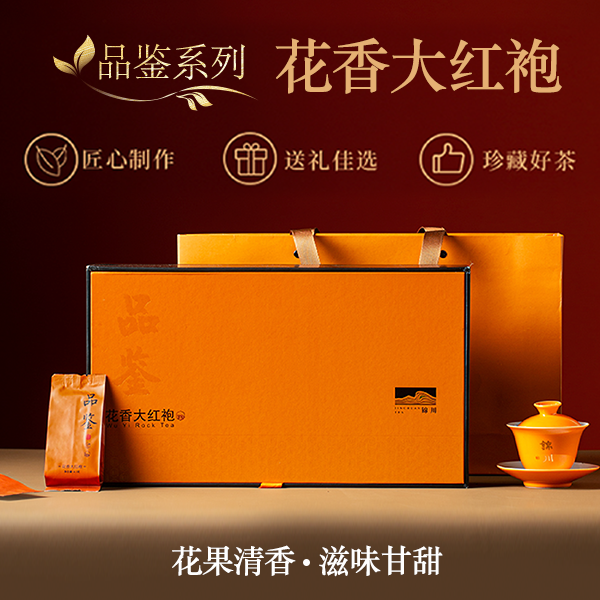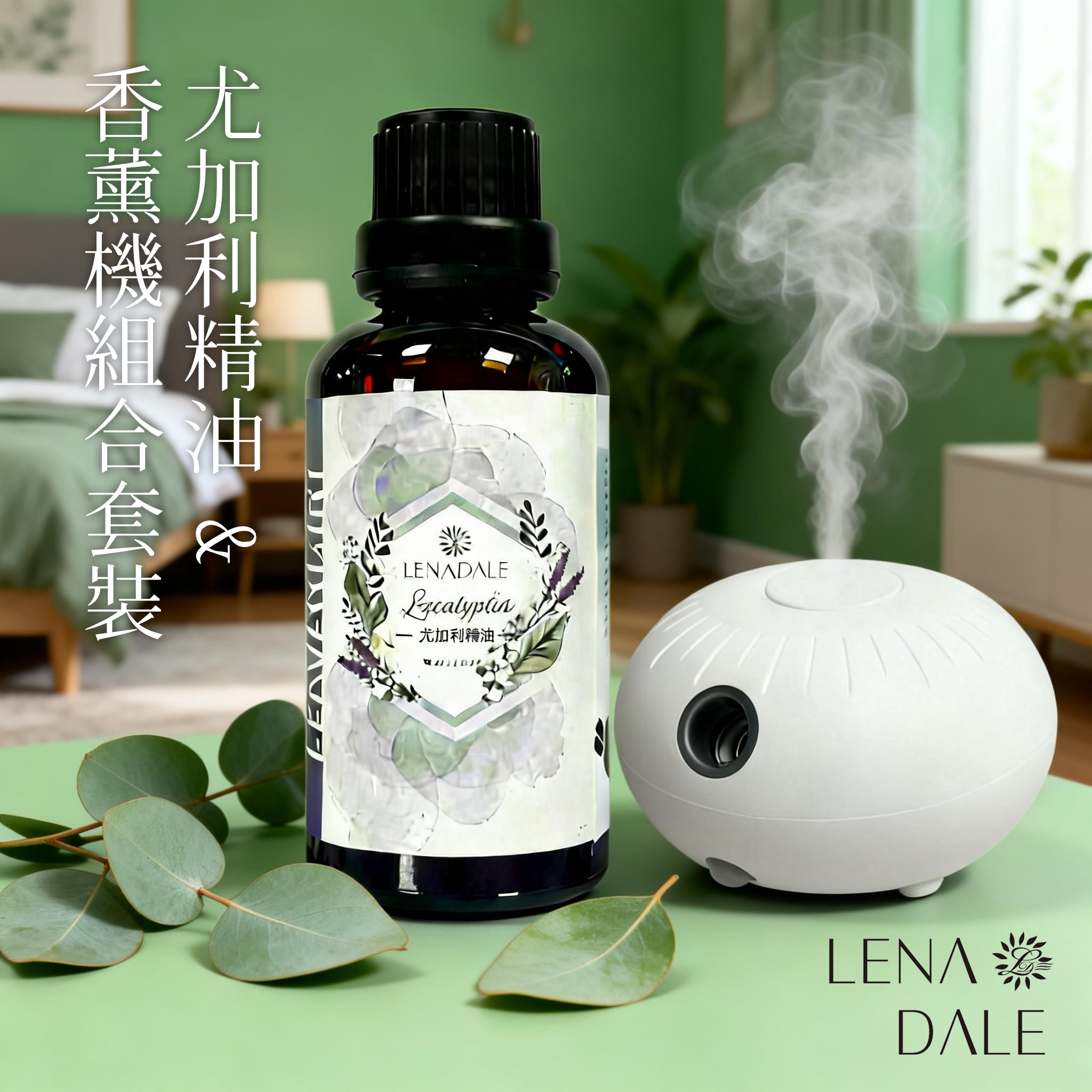【59CV】「锦川」品鉴系列 - Wuyi Mountain Rock Tea Da Hong Pao(The product is only available for delivery to Mainland China.)
USD 140
* The tea is originally produced in Wuyishan National Park. Wuyishan, this natural barrier, provides a pure and pollution-free environment for the growth of Huaxiang Dahongpao (Fragrant Blossom Da Hong Pao). The air here is fresh and the water is pure, which offer the necessary natural conditions for the growth of tea trees. The undulating mountains have formed numerous micro-climate areas, making each piece of tea leaf contain a unique natural flavor.
* Classic Charcoal Baking Process: This product is made from high-quality tea leaves of Da Hong Pao. In terms of roasting, the traditional charcoal baking process in Wuyishan is used, with three rounds of sufficient roasting. The tea leaves have gone through the baptism of high temperatures three times, and the internal substances are fully activated and can be easily dissolved into the tea soup.
Characteristics of Jinchuan's "Zhengyan Dahongpao" Tea:
1. The dried tea leaves are dark brown in color, shiny and oily, with an even shape. The tea leaves are tightly twisted, sturdy and slightly curled, carrying a faint floral fragrance.
2. The tea soup is bright orange-yellow, mellow and smooth; the aftertaste is sweet, and it is smooth, fresh and refreshing when entering the mouth. The tea fragrance fills the mouth, the floral rhyme is obvious, and a lingering fragrance remains in the mouth and on the teeth after drinking.
3. The leaves at the bottom are soft, bright and even, with a lingering fragrance after long brewing; the leaves are plump, with a red edge on the green base, and the tea fragrance is rich.
* Introduction to Jinchuan Tea Industry (With a Heart as Magnanimous as a Brocade, Embracing All Rivers): Jinchuan Tea Industry has been passed down through three generations. It originated from Caodun Village, known as the No.1 Village for Tea-making Crafts. It is the first tea factory in Caodun Village. Upholding the proposition of inheriting and promoting the Yan tea school, it redefines the style and genre of Yan tea through the Yan tea-making techniques, leading more people to understand Yan tea, make the right choice of Yan tea, fall in love with Yan tea, and further pioneer and create a diversified Yan tea-making style in the new era.
* The tea-making team of Jinchuan is led by Mr. Cao Chuncheng, a national tea artisan from the China Tea Marketing Association. He is a veteran practitioner with over thirty years of tea-making experience, a national-level tea-making engineer. There are also professional tea processing technicians, tea tasters, and professionals with formal education in tea science. During the production management process, the Jinchuan tea-making team leads by example, exercises strict self-discipline, and firmly controls every step of the process. With a high sense of responsibility, they stay on the front line of production to ensure that each step, from picking to the finished product, is perfected.
Purchase instructions:
1. The postage is US$7
2. Products can be purchased with cash or fully redeemed with CS Points. We accept WeChat Pay and credit cards (VISA/MasterCard/UnionPay).
Tea Varieties: Wuyishan Rock Tea
Origin: Wuyishan, Nanping, Fujian
Weight: 166 grams (8.3 grams per serving, 20 servings in total)
Quality Guarantee: 3 years
Storage Methods: Keep away from light, moisture and odors.
Take an appropriate amount of high-end tea leaves and place them in clean tea utensils, such as purple clay teapots or white porcelain covered bowls. First, moisten the tea utensils with hot water, then add the tea leaves and pour in hot water at 90 - 95℃. The amount of water should just cover the tea leaves. Quickly pour out the liquid and discard it, which is called rinsing the tea. Then pour water in using the high-pouring method and wait for a few seconds to allow the tea leaves to fully expand. When the tea soup is golden and translucent with a rich aroma, pour it out gently. First, smell its fragrance to experience the rich and pleasant scent; then taste it, letting the tea soup flow on the tip of the tongue and in the mouth to appreciate the mellow taste and long-lasting flavor, and fully enjoy the elegant charm and unique allure of the tea in a leisurely manner.






















